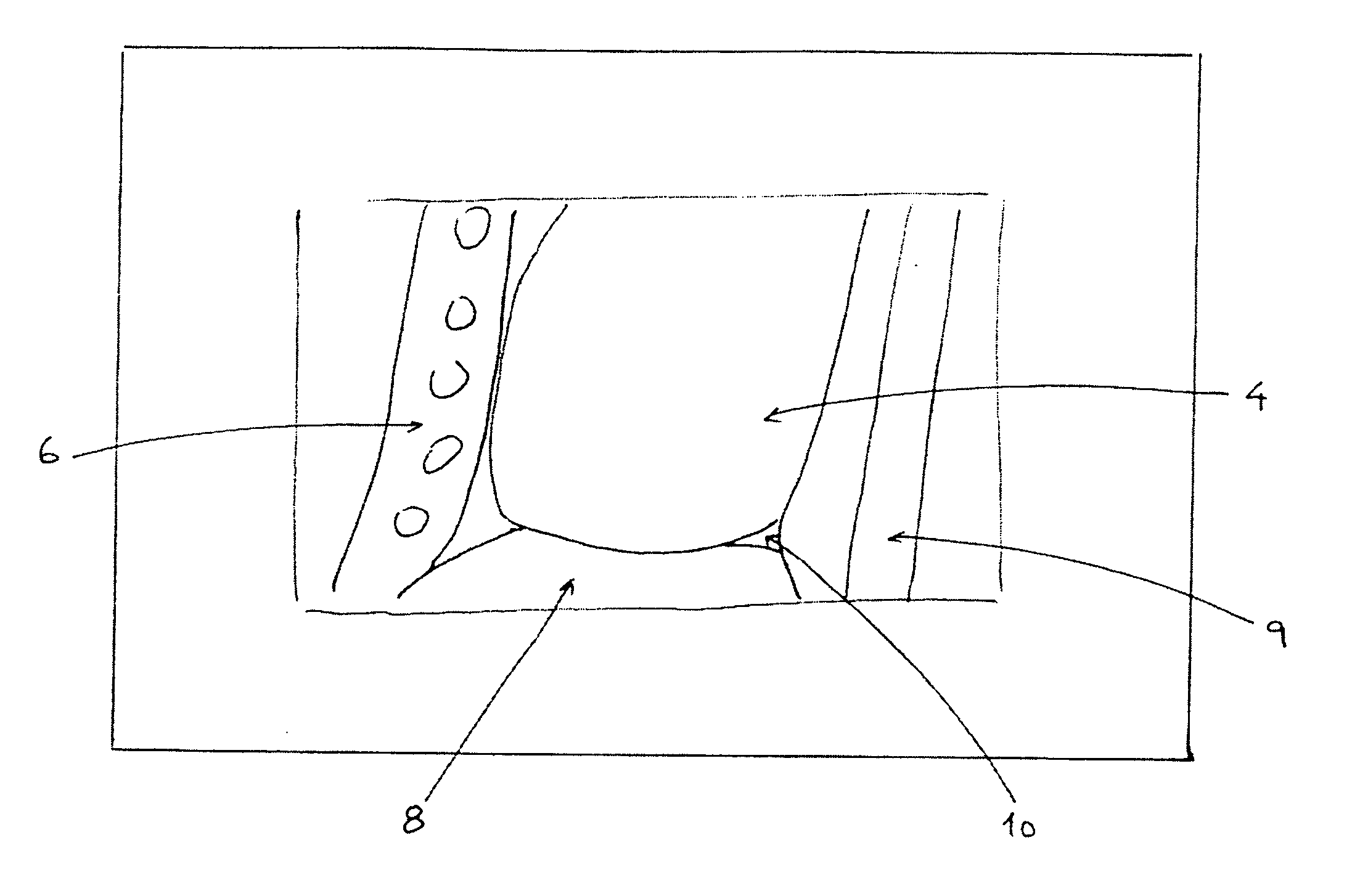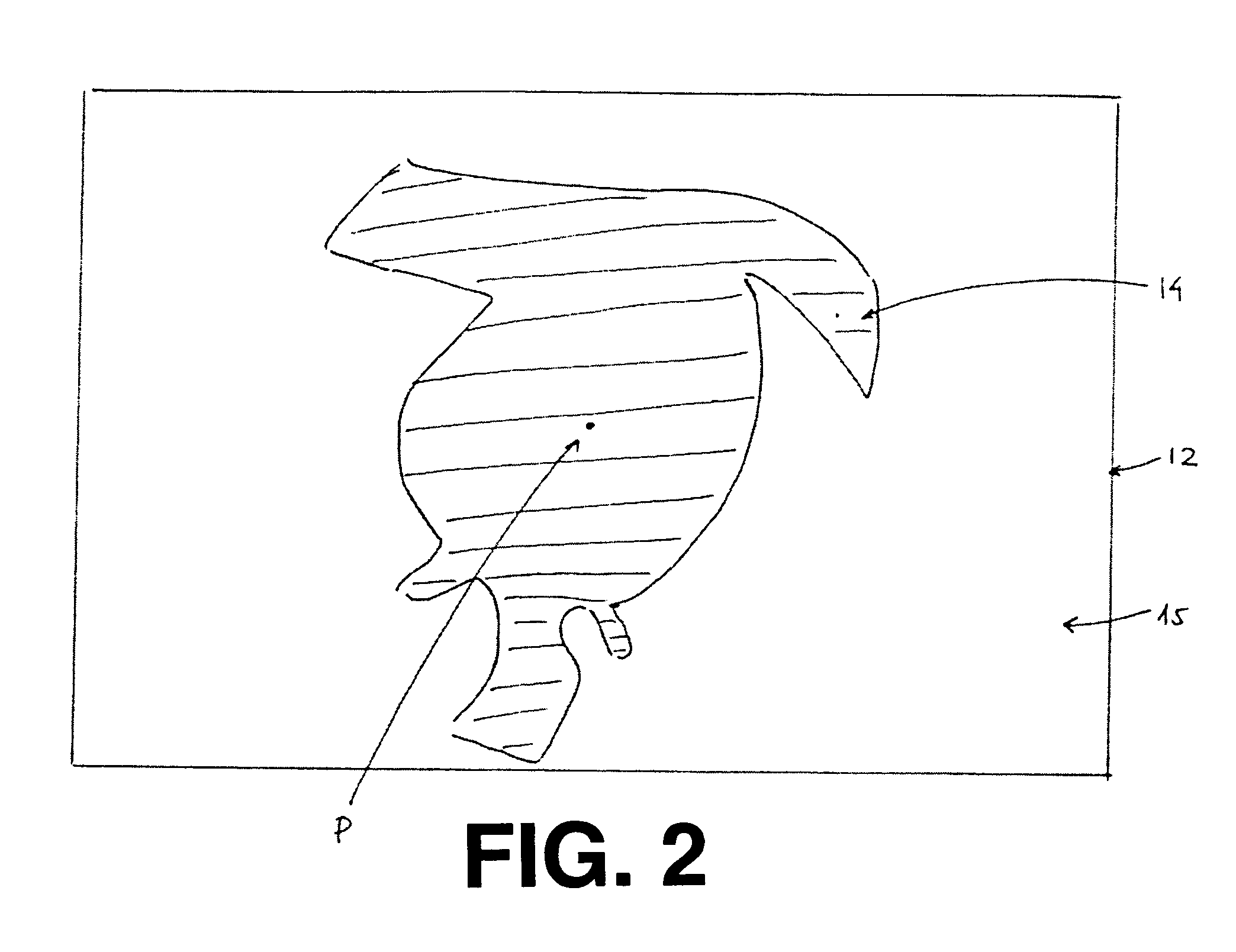Method and system for processing an image of body tissues
a body tissue and image processing technology, applied in image analysis, image enhancement, instruments, etc., can solve the problems of difficult separation of liver from heart muscle, complicated removal of cages from cardiac ct scans, and complicated automatic detection of boundary between adjacent organs or tissues in scans, so as to achieve the effect of minimal cost and minimal cos
- Summary
- Abstract
- Description
- Claims
- Application Information
AI Technical Summary
Benefits of technology
Problems solved by technology
Method used
Image
Examples
Embodiment Construction
[0062] The following is a detailed description of the preferred embodiments of the invention, reference being made to the drawings in which the same reference numerals identify the same elements of structure in each of the several figures.
[0063] In order to understand the invention and to see how it may be carried out in practice, a preferred embodiment will now be described, by way of non-limiting example only, with reference to the accompanying figures.
[0064] A method of the invention was used to detect the boundary between heart muscle tissue and liver tissue and between heart muscle tissue and the sternum in a 3D cardiac CT scan. FIG. 1 shows a schematic representation 2 of a saggital section of the 3D cardiac CT scan that was analyzed by the method of the invention. The scan included, in addition to cardiac tissue 4, sternum and ribs 6, liver 8, aorta 9 and epicardial fat 10. Lung tissue was also present in the 3D scan, although it is not present in the section of FIG. 1. The...
PUM
 Login to View More
Login to View More Abstract
Description
Claims
Application Information
 Login to View More
Login to View More - R&D
- Intellectual Property
- Life Sciences
- Materials
- Tech Scout
- Unparalleled Data Quality
- Higher Quality Content
- 60% Fewer Hallucinations
Browse by: Latest US Patents, China's latest patents, Technical Efficacy Thesaurus, Application Domain, Technology Topic, Popular Technical Reports.
© 2025 PatSnap. All rights reserved.Legal|Privacy policy|Modern Slavery Act Transparency Statement|Sitemap|About US| Contact US: help@patsnap.com



